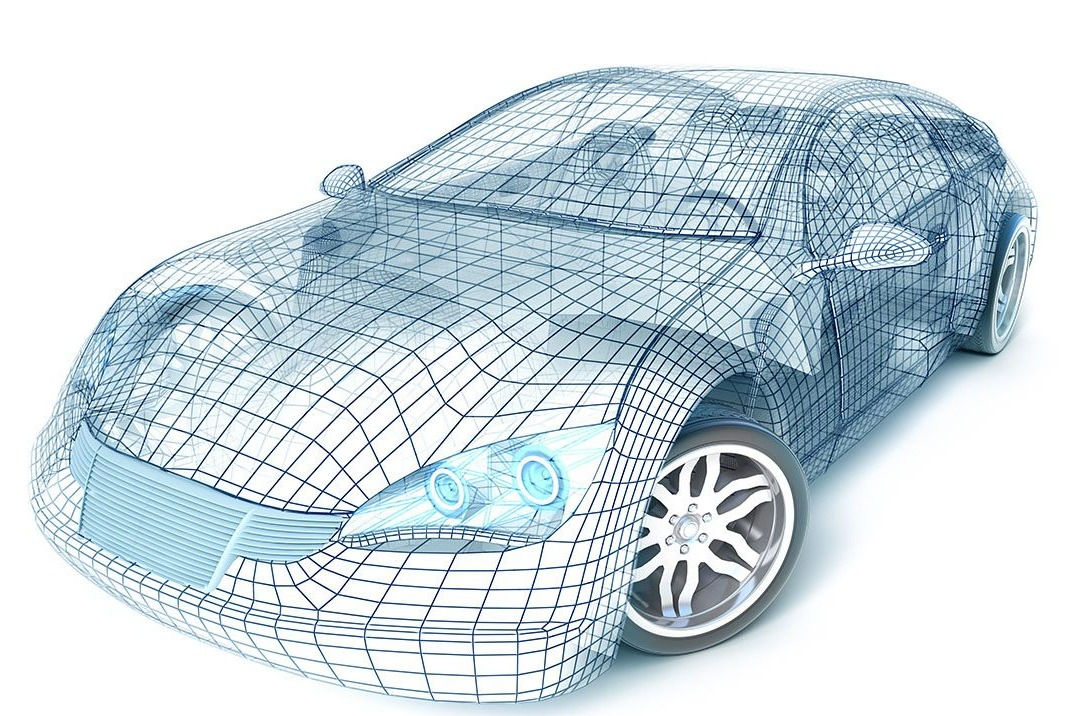
Virtual mechanical test (VMT) on joints is cost-effective to generate large data set covering wide variety of joint types and complex external loading history, which can facilitate the two-scale simulation for product design optimization. Predicting material failure is the key to achieve the goal of VMT on joints. Our particle based approach combining with FEM provides the most effective CAE tool to model the large deformation and material failure when testing the performance of joints.
Self-Piercing Rivet (SPR) becomes the increasingly important and widely used joint to connect light-weighted metal alloy and composite material in modern automotive industry. The following example gives a typical use case scenario of SPR, where a deformable rivet is connecting two aluminum alloy (6111T4) plates. The simulation consists of two stages: riveting and lap-shearing.


We collaborated with a team of researchers in Ford Motor Company and obtained a very promising agreement between numerical prediction and experimental result.

EPS

Riveting
Courtesy of Ford

Lap-shearing
Flow Drill Screw (FDS) provides very strong connection which is often applied to the critical spots of large scale structure. The numerical challenge is to simulate the failure-induced formation process of threads and model their residual strength under external loading in the thermo-mechnical coupling analysis.


The numerical results show clear formation of threads, where material separation is simulated by physics-based failure model without material erosion. In the lap-shearing stage, these screw threads provide desirable material strength to respond the external loading. The literature shows that the capability of our CAE tool for this application is absolutely incomparable in the current market.

EPS

FDS manufacturing

Lap-shearing
Resistance Spot Weld (RSW) is the most commonly used joints in car body nowadays. It is very challenging to model failure in base material and heat affecting zone (HAZ) around the RSW nugget. The numerical results clearly show the premium performance of our approach compared with the conventional FEM.



SPG
FEM


